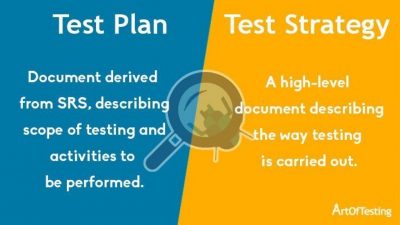These terms are being thrown around a lot lately in the testing community, and they can cause some confusion the first time you hear them being used in this context. They definitely confused me the first time I heard them, so I will attempt to provide some clarification in this post.
What are heuristics and oracles, and why should you learn more about them?
I have found that heuristics and oracles provide a great starting point for testing, especially when little is known about the product, and they frequently result in more thorough tests. They also help to label methods and processes that would otherwise be difficult to explain. Labeling these processes makes it easier to improve them. But what are they…? Continue reading
